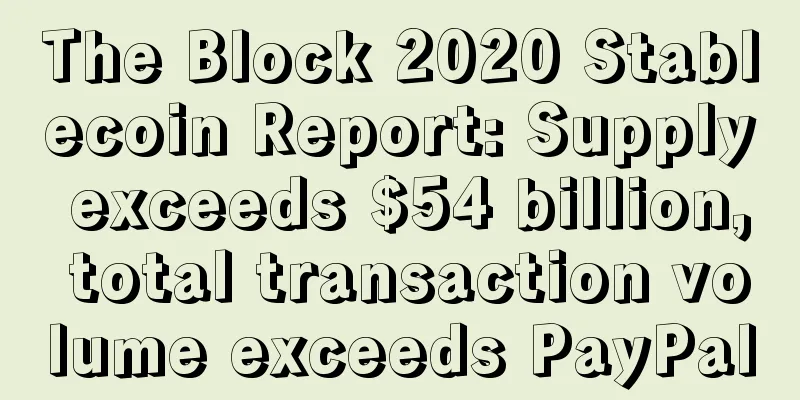Denmark will outsource its money printing work, and the central bank will turn to researching digital currency E-Krone

|
More and more central banks are beginning to question the point of printing money. In Denmark, the monetary regulator (the Danish central bank) is studying the issuance of virtual currencies, believing that virtual currencies can reduce crime rates and provide greater transparency to regulators. Denmark is not alone in its digital currency issuance plan. The United Kingdom and Sweden have become the leaders of European digital currencies; while Singapore and Canada have completed online payment trials of blockchain currency systems. Lars Rohde, the governor of the Danish central bank, is no longer focusing on regulating banknote printing in 2017, but on digital currency. He hopes that the digital currency issued by the central bank can reduce transaction costs. But the risks are considerable. Because for the central bank, this is an unknown area, and any surprise is enough to subvert a country's economy. In 2017, Denmark's central bank will outsource its currency printing. Finland will be responsible for its coins, but no one has yet been chosen for the printing of banknotes. While cash will not disappear completely, Denmark has begun exploring cheaper and more efficient options. According to the Danish central bank, the cost of using banknotes is at least twice that of credit and debit cards. Safety NetCurrently, the challenge in developing electronic currency does not lie in technological limitations. Rohde said in an interview:
Cash currently accounts for only 20% of domestic transactions in Denmark, and not even a third of the money supply, so if online payment systems fail, cash is unlikely to be an alternative safety network. Rohde said:
BlockchainThe Danish central bank believes that technologies such as blockchain may be the best operating model for virtual currencies. Rohde said the central bank is considering whether to anonymize its electronic currency. They plan to add a corresponding number to each E-krone so that it can be traced. Blockchain, a ledger that records all electronic currency transactions, is the best choice to achieve this function. The concept of blockchain emerged because of Bitcoin, and the original purpose of this technology is to exempt the central bank from playing a role in it. Lasse Birk Olesen, co-founder of blockchain startup Coinify, believes that whether a central bank will eventually adopt a blockchain system depends on the level of trust in the country's citizens and the monetary institution. In other words, the system must be suitable for a transparent and developed society.
He believes that in a blockchain system, small transactions benefit the most.
Social transformationRohde said central banks still have many questions about the social impact of blockchain systems. For example, is it necessary for central banks to monitor transactions? This type of surveillance can easily cause discomfort, especially in an age where consumers’ records are routinely monitored by large corporations for advertising and product sales, and consumer dissatisfaction with this practice has reached a fever pitch. This is not the only reason why central banks are hesitant about issuing virtual currencies.
|
>>: Recommended parameter settings for Bitcoin Unlimited for fast block verification
Recommend
What kind of people are most worth dating?
What kind of people are most worth dating? Thick ...
Are people with wide eyes born stupid and slow?
In fact, it is not good if the distance between t...
Face analysis of the personality of men with willow-shaped eyebrows. Are men with willow-shaped eyebrows easy to get along with?
Men with willow-shaped eyebrows are loyal in thei...
These faces are the love of tall, rich and handsome
In fact, people liked by different types of group...
Li’an Technology Releases Bitcoin and Litecoin Dual Mining Chip SF3301
On June 27, 2015, Li'an Technology released t...
Israeli-Palestinian conflict: How are Israeli crypto businesses doing?
On October 7, local time, the Palestinian Islamic...
What does a mole on a man's left chest mean? Is it good for a man to have a mole in the middle of his chest?
Is it good for a man to have a mole on his chest?...
Can a woman with upturned corners of her mouth live a stable life after marriage?
No matter what decision a person makes, it is act...
Physiognomy: Diagnosis of infant and child head health
Physiognomy: Diagnosis of infant and child head h...
The face of a man who is worth entrusting your life to
There is an old saying that "Men should get ...
What are the characteristics of moles on the left chest? Is it a mole of wealth?
Moles are very common on our bodies. Everyone has...
Ripple and Expertus Launch Blockchain Pilot for Banks to Improve Liquidity Management
Expertus and Ripple announced that they have join...
What does teeth mean?
From the perspective of physical health, teeth ca...
The 10 most auspicious moles
There are many types of moles, including black, r...
Musk tweeted a "breakup" with Bitcoin, and the price of Bitcoin fell 2.8%
Beijing time, June 4th, Tesla CEO Elon Musk tweet...









